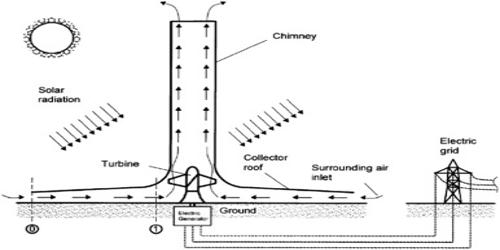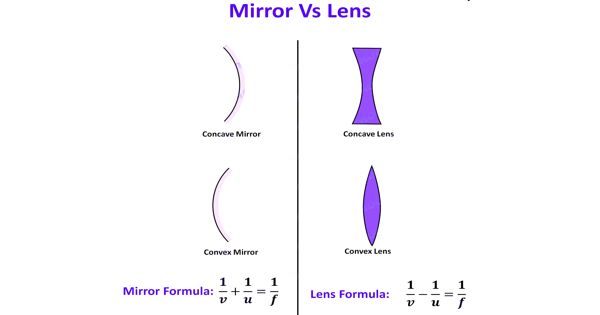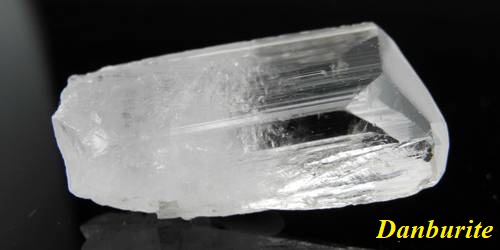A new approach has been devised that could help new instruments investigate fundamental physics problems like gravitational waves and dark matter.
The concept is presented in an article published in Communications Physics by UK Quantum Technology Hub Sensors and Timing researchers at the University of Birmingham, as well as a patent application filed by the University of Birmingham Enterprise.
It presents a novel way for enhancing atom interferometers, which are very sensitive devices that utilize light and atoms to achieve ultra-precise measurements, by employing optical cavities.
A standing wave cavity resonator for light waves is formed by an assembly of mirrors known as an optical cavity, resonating cavity, or optical resonator. Optical cavities are a key component of lasers, as they surround the gain medium and provide laser light feedback. They’re also employed in some interferometers and optical parametric oscillators.
Although difficult to implement, the concept offers a way to overcome significant technological obstacles in the quest of atom interferometers that operate at extreme momentum transfer, a technique that would allow atoms to be placed in quantum superposition over long distances.
This optical cavity scheme offers a route to meeting the immense laser power requirements for future atom-based gravitational wave detectors.
Dr. Rustin Nourshargh
This is crucial for these devices to have the sensitivity they need to analyze signals from dark matter and gravitational waves. The search for dark matter and the observation of gravitational waves from the very early Universe are critical steps in expanding our understanding of fundamental physics.
Dr. Rustin Nourshargh, Dr. Samuel Lellouch, and colleagues from the School of Physics and Astronomy have published a new paper that shows how synchronizing the input pulses to create a spatially resolved circulating pulse within the optical cavity can allow for large momentum transfers without requiring drastic increases in available laser power.
Investigating dark matter and gravitational waves will lead to new ideas for boosting the sensitivity of atom interferometers in the future, as well as a deeper knowledge of the Universe’s past.
This will be important for advancing the use of atom interferometry in practical applications, such as offering new navigation aids by increasing GPS signal durability.
Dr. Rustin Nourshargh, a former doctoral researcher at the University of Birmingham and now a Scientist at Oxford Ionics, said: “This optical cavity scheme offers a route to meeting the immense laser power requirements for future atom-based gravitational wave detectors.”
Dr. Samuel Lellouch, Research Fellow at the University of Birmingham, said: “By overcoming some of the most severe current technological barriers, this original scheme has a real potential to enable disruptive sensitivity levels in large-scale atom interferometers.”















